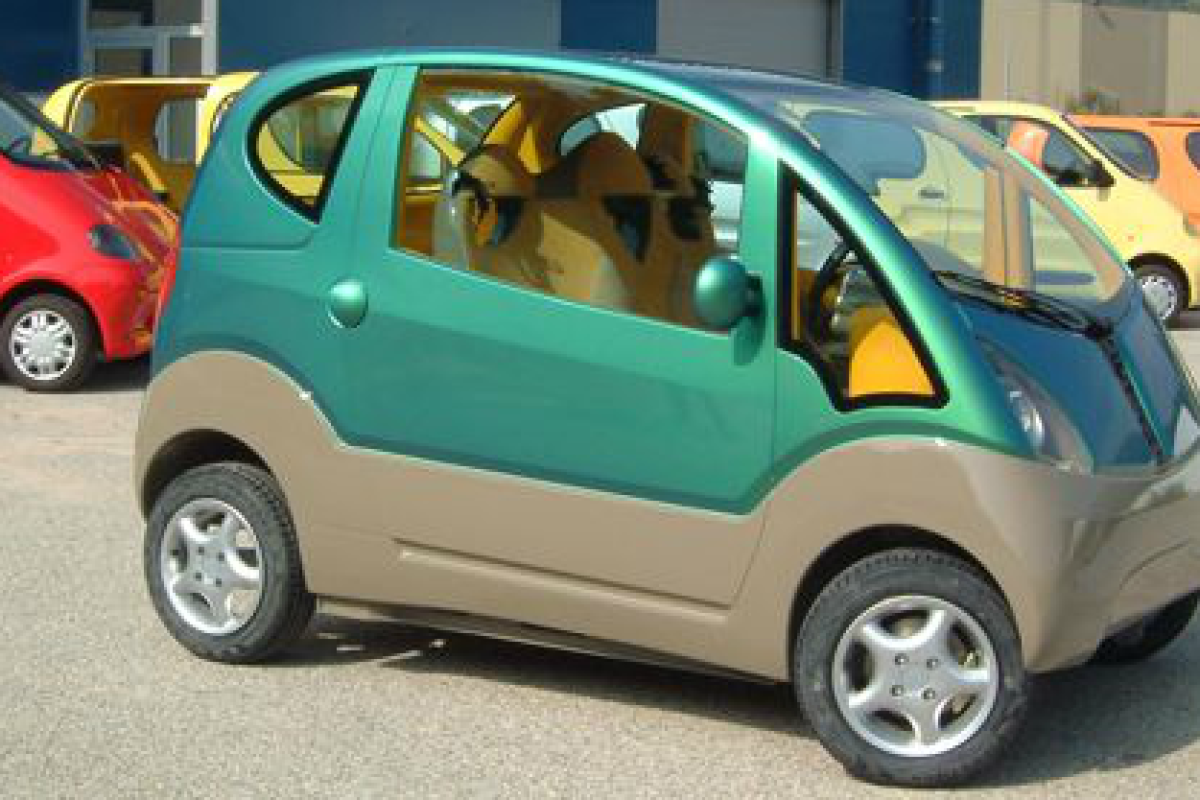Cars that run on compressed air sound like a fantastic idea on paper, but bringing this technology to the masses has proven, well, a difficult road to travel. There's some positive news on the air-car front though - auto giant Tata Motors, which holds the license to develop Motor Development International's (MDI) air engine technology in India, has announced that it has completed the proof of the technical concept and demonstration phase of its air-car program and is now moving toward a market ready product.
Created by mechanical engineer Guy Nègre back in 1991, Luxembourg-based MDI has floated a number of products in its efforts to develop and promote zero pollution engines. The roll-out of the technology has been plagued by false starts and litigation, however, including a promised U.S. launch in 2010 that never eventuated.
The most promising push to market appears to be the ongoing agreement between MDI and Tata motors. In 2007 Tata licensed MDI's technology with the aim of producing and selling compressed air cars in India. Tata has now released a statement that, although no firm time frame is given, suggests that the project is heading in the right direction.
Tata says that the first "proof of the technical concept" phase of the program is now complete with "the compressed air engine concept having been demonstrated in two Tata Motors vehicles."
Phase two, which involves, "completing detailed development of the compressed air engine into specific vehicle and stationary applications," is now underway and, "the two companies are working together to complete detailed development of the technology and required technical processes to industrialize a market ready product application over the coming years."
We'll definitely be keeping an eye on this one.
Source: Tata Motors, MDI




